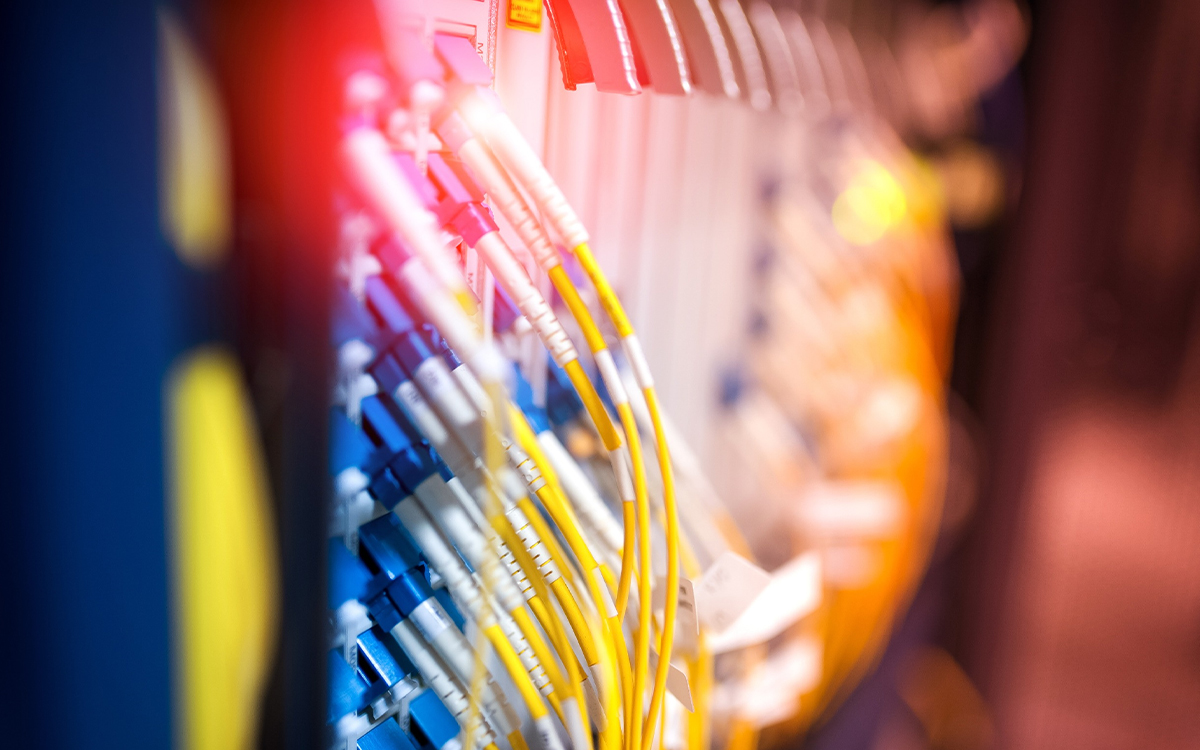Arcep confirms in a progress report on the quality of fiber optic networks the implementation by operators of the “e-intervention” tool. It allows infrastructure operators to react more quickly in the event of a breakdown during a connection.
Repeated breakdowns, damage to cable cabinets in the streets, disconnection of one customer for the benefit of another during connections… All you have to do is consult the forums or the operators’ social networks to see thatbeing subscribed to optical fiber sometimes has the gift of annoying. In an extreme case, this even led to a technician being taken hostage by a customer.
The operators are aware of the inconveniences and have deployed the “e-intervention” tool, with the aim of greatly reducing breakdowns and repair times. Initially planned for 2020, but postponed many times, it took until 2023 and several reminders from Arcep, the Electronic Communications Regulatory Authority, for its commissioning.
How can the e-intervention tool reduce fiber optic failures?
The main idea is to facilitate communication between commercial operators (those with whom you have a subscription, such as SFR, Bouygues or Orange) and infrastructure operators (companies responsible for deploying and maintaining the fiber network).
Concretely, when you make an appointment with a technician to be connected to the fibre, the commercial operator will tell the infrastructure operator concerned who is involved, where and when. This already provides a basis for acting more effectively in the event of a problem, but Arcep wants to go further. The long-term objective is to be able to “notify in real time the technician intervening for the commercial operator in the event of a cut-off of a subscriber and allow a faster repair.”
The tool works hand in hand with the intervention reports launched recently by the operators. After a connection, the technician must now take photos of the installation and write a report. Everything is transmitted to the infrastructure operator who can check the compliance of the intervention and contact the commercial operator if necessary.
At the same time, Arcep has set up an observatory to more generally check the good performance of the work aimed at improving the fiber optic network. Some, started on part of the particularly problematic networks, must be completed by the end of 2024. The Telecoms policeman hopes that all these elements will greatly reduce failed fiber connections. Customers too.
Source: Arcep
